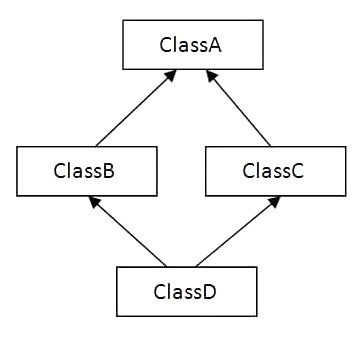Multiple Inheritance and Why it is not Possible in Java
"Exploring the Limitations of Java: Understanding the Concept of Multiple Inheritance and Its Absence in Java"
In the world of Object-Oriented Programming, Inheritance is one of the most critical concepts. Inheritance is a mechanism that allows the reuse of code and a way to establish a relationship between different classes. There are different types of inheritance supported in various languages like Single, Hierarchical, Multiple, and Multilevel inheritances. However, Java supports Single inheritance and doesnât allow Multiple inheritances as a feature.
Multiple Inheritance
Multiple Inheritance is a property of objected-oriented programming languages in which a class can have more than one parent class. This means you can derive the characteristics of multiple classes into a single class. This kind of implementation can enable the class to inherit methods and variables from different classes. Multiple Inheritance, although powerful, can also lead to various problems. For instance, the Diamond problem in C++ is a classic example.
Diamond Problem

If class B extends two classes C and D and both C and D extend a single base class A, and class B tries to access the fields or methods of A, they will be present in C and D with the same name. Due to ambiguity, the compiler will not understand which one to refer to.
Multiple Inheritance in Java
The designers of the Java programming language deliberately chose to exclude multiple inheritances. Java's single inheritance model was designed to avoid problems like the Diamond problem that often arises with multiple inheritances.
The reasons why Java does not support Multiple Inheritance are:
Complexity Multiple Inheritance introduces complexity as it can be difficult to track the hierarchy that stems from multiple parent classes. Figuring out the class hierarchy becomes difficult when a class has multiple parent classes.
Ambiguity In a Multiple Inheritance scenario, there is always a risk of ambiguity, i.e., if two parent classes have a method or a variable of the same name, the inheritance process becomes ambiguous. Java defines this ambiguity as a compile-time error to prevent the code from compiling any further.
Easy to Misuse Multiple Inheritance is easy to misuse. There is no guarantee that the functionality you inherit from different parent classes will mesh well or that the synchronization of the two will be correct.
Diamond Problem The diamond problem, which we mentioned earlier, refers to a scenario where two classes in different hierarchies inherit from a common parent class. The diamond problem can be easily solved in C++ by using the virtual keyword, which enhances the language's complexity further. However, Java avoids these complications and collisions altogether.
Conclusion
Multiple inheritances are a powerful feature that enables developers to write code more compactly and reuse code effectively. However, Multiple inheritances introduce several complexities and problems, ranging from ambiguity to code misuse. Java's creators have deliberately omitted Multiple Inheritance to keep the language simpler to program, implement, and use. By avoiding this issue, Java keeps the code more transparent, understandable, and easier to debug, maintain, and scale.
In conclusion, Java doesn't support Multiple Inheritance to keep the code secure, reliable, and easy to understand.